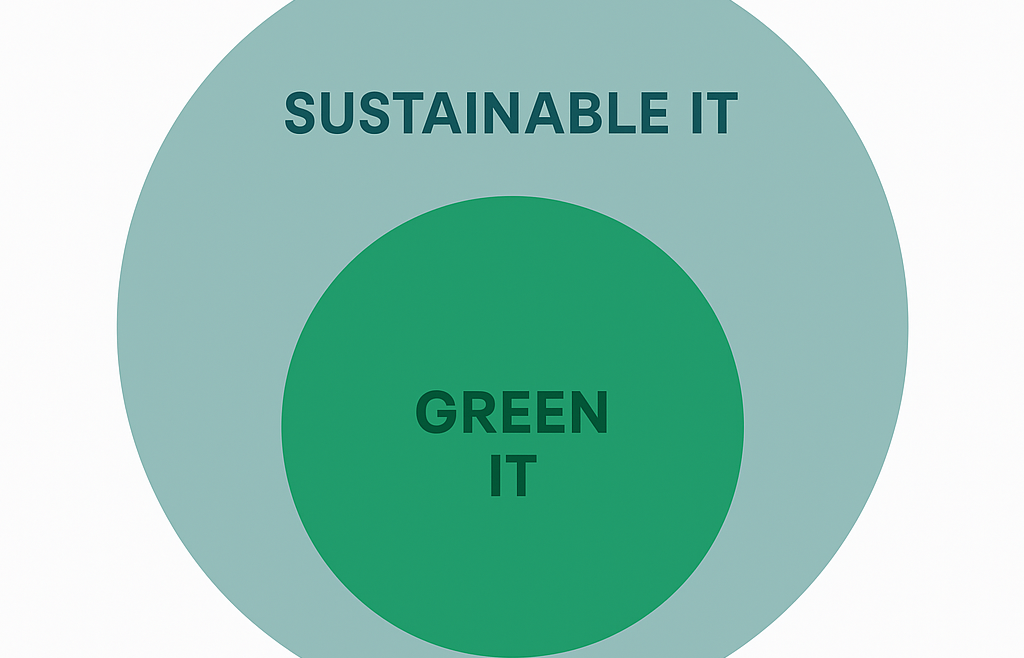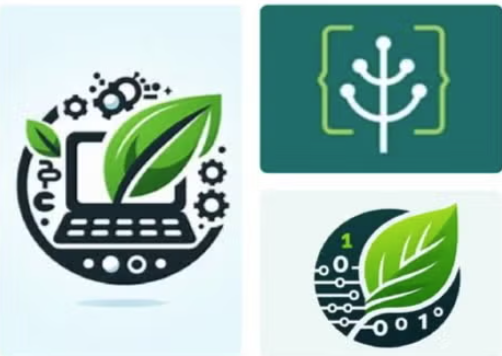Green IT, that’s one of my favorite subjects these days here and on LinkedIn.
But did you know TestingSaaS also works in the field of Explainable AI aka XAI?
And that he combines it in GreenXAI.
Let me explain.

source image: https://en.imna.ir/news/807163/AI-Emerges-as-a-Vital-Tool-for-Environmental-Protection-Sustainability
What is XAI?
AI is for people a black box. You put some data in the AI app (like ChatGPT) and you receive the output. But can you explain how the output is created?
Here XAI joins the stage. This is a collection of methods and processes, enabling AI users to understand and trust the AI output.
The so called post-hoc methods are applied after the model is trained.
SHAP and LIME are examples of these, which I use daily in my work.
Because I am also interested in green IT, I was wondering how green these post-hoc methods are.
How green is XAI?
Well, they are not, because they run additional computations on top of the AI model. This means they increase runtime resulting in extra CPU/GPU usage, consuming more energy compared to just running the model alone.
But is that the whole story?
No, they expose bias and errors faster resulting in a reduction of wasted compute on poorly performing models.
Also they enable more efficient model design. By identifying which features truly matter, you can retrain a smaller, leaner, greener model.
And last, but not least: they can be paired with tools like CodeCarbon to connect explanations with sustainability metrics. This increases the transparency in energy measurement.
Is greenXAI an illusion?
So, is green XAI an illusion by using these post-hoc methods?
SHAP and LIME are not inherently “green IT” methods, but they can play a green role within the AI development lifecycle by preventing waste and helping optimize models for efficiency.
I will still use these methods because I want to find out more about how the AI output is created. In the meantime I will make my coding greener when possible.
Are you interested in my GreenIT and XAI work? Just contact me and let’s see how I can help you.



